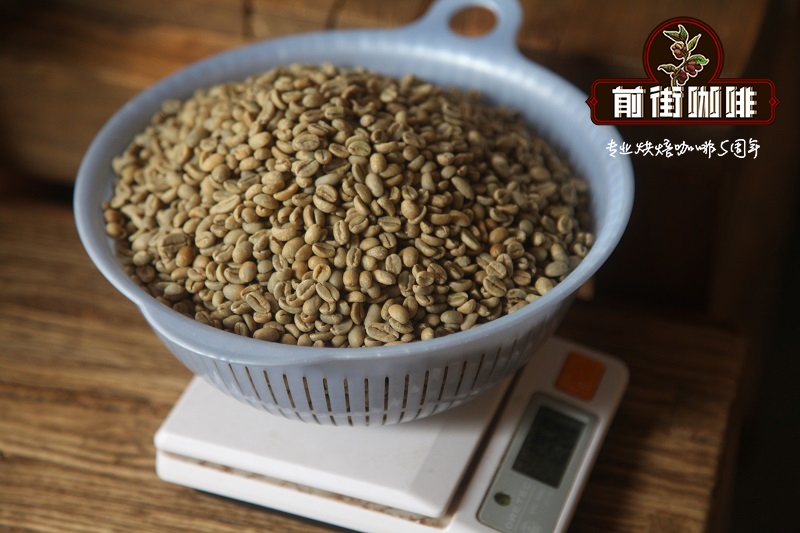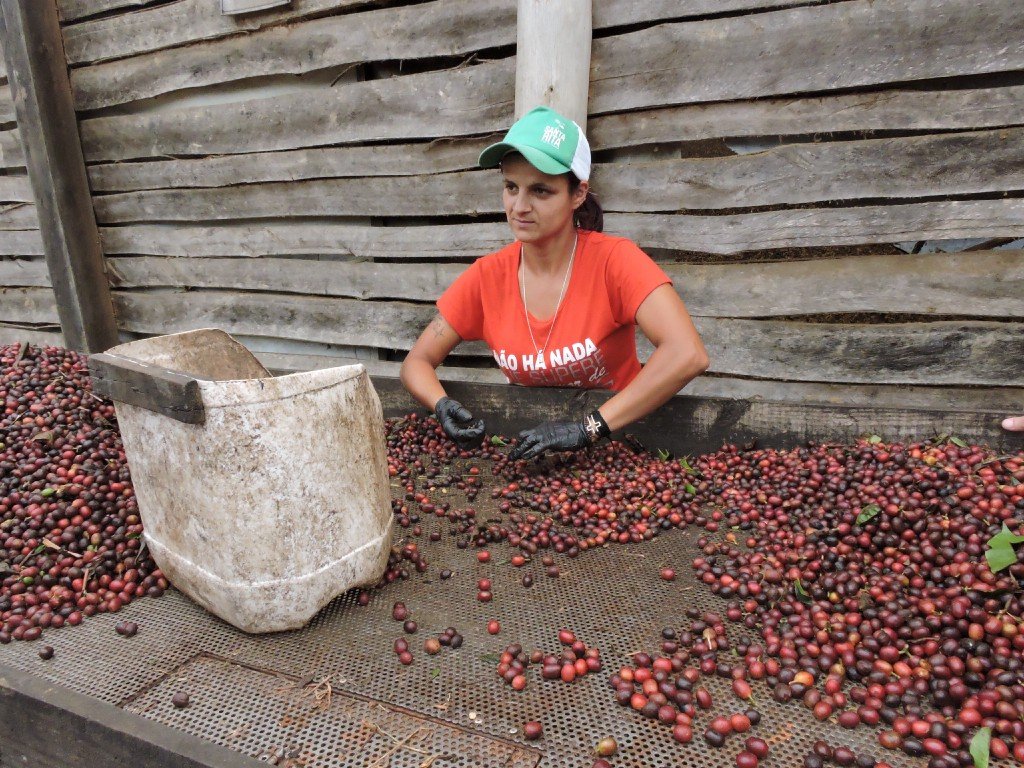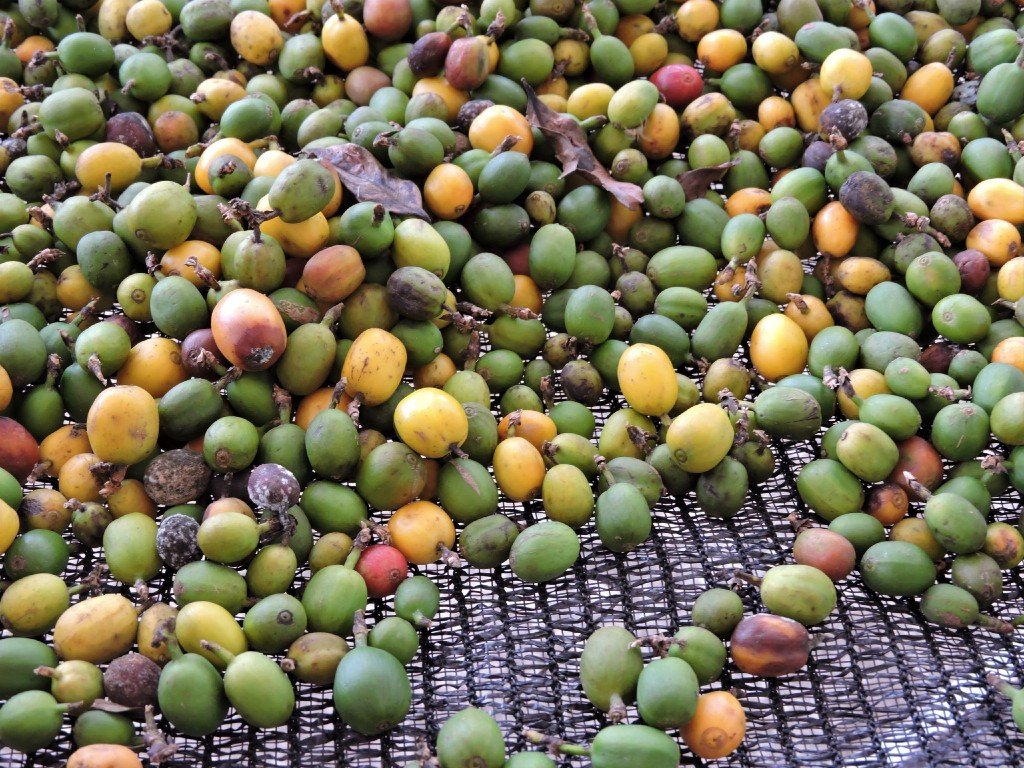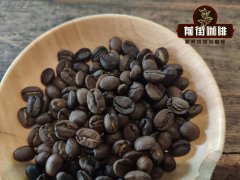Harvest time and processing of coffee beans in Brazil how to judge whether coffee beans are new or old

There are many ways to grow, harvest and process coffee in different producing countries around the world. In the Cerrado Mineiro region of Brazil, where Ally Core Coffee Paubrasil comes from, coffee is harvested either manually or mechanically, and most of the coffee is natural.
Coffee harvest
Coffee beans are the seeds of a fruit called cherries that grow on tall leafy trees and mature crimson or yellow. When the cherry is ripe, it must be removed from the tree. This can be done by hand, which is time-consuming, but only the most mature cherries are allowed, or they can be done by machine, which is more efficient and can sort out cherries of different maturity during post-harvest processing.
Brazil has farms of all sizes, ranging from one hectare to hundreds of hectares. In the Serrado area, most farms are medium-sized estates that plant coffee trees neatly to take advantage of the relatively gentle slope of the land to mechanically harvest coffee cherries, while tractors pass through these rows and pull cherries from the trees into the funnel.

Coffee processing
At the processing facility in the farm's main building, cherries are then classified by color and density: green, immature cherries are left for low-quality coffee batches, while ripe cherries move forward as differentiated batches. Many farms use canals to sort floating coffee cherries, indicating that the cherries are low in density and the coffee beans inside are improperly shaped. Ideally, sink the ripe red or yellow cherries at the bottom of the canal and transfer them to a dry patio or bed.
Naturally processed coffee (such as Paubrasil) will be dried as complete cherries. This allows the pectin sugar layer under the cherry skin to be absorbed by the beans as they dry, adding sweetness and earthy flavor to the final cup.
Coffee cherries can be dried on a stone terrace or on a mesh bed protruding in the sun. In both cases, the workers constantly turned the cherries with a rake to prevent mold from forming and dried all the beans evenly to the same moisture content. Many coffees are transferred to mechanical drum dryers, usually heated with hot air by burning the stems and branches of pruned coffee trees, so that the uniform moisture content at the exit reaches 11.5%.

Peel the dried coffee cherries to remove the coffee peel (called pulp) and a layer of parchment seed shell. Now, these are the more familiar mung beans bought by coffee roasters. Producers (or processors, cooperatives and exporters) use shakers, sieves and laser sorters to reclassify raw coffee according to density and color before packing it for export.
The processing process varies according to the infrastructure and labor force of each farm, and many farms throughout Cerrado contribute to each container of Paubrasil, Paubrasil is a community coffee that is purchased based on the physical consistency of raw beans and the sensory consistency of cup flavor characteristics.
Important Notice :
前街咖啡 FrontStreet Coffee has moved to new addredd:
FrontStreet Coffee Address: 315,Donghua East Road,GuangZhou
Tel:020 38364473
- Prev

Brazilian Organic Coffee beans Brazilian Serrado Coffee Manor what kind of coffee is Brazilian Acaia?
Country of origin: Brazil: Serrado Manor: Fazenda Nossa Senhora de Fatima altitude: 950m Variety: Acai treatment: sun Flavor: caramel, Chocolate, Nuts Certification: organically grown in the Cerrado Mineiro region of northwest Minas Gerais is the world's recognized producer of premium coffee and became the first insured coffee in Brazil in 2005
- Next

The Ethiopian single producer plan introduces how the Sidamo production area is divided into sub-production areas.
Coffee in Ethiopia usually follows one of two ways: real estate coffee or collective land. It is easier to understand (but harder to encounter) the production path of manor coffee grown and sold in the name of the manor. The supply chain of Ethiopian manor coffee is largely similar to that of Central America because the farm is made up of wealthy Ethiopian nationals or Ethiopian countries.
Related
- Detailed explanation of Jadeite planting Land in Panamanian Jadeite Manor introduction to the grading system of Jadeite competitive bidding, Red bid, Green bid and Rose Summer
- Story of Coffee planting in Brenka region of Costa Rica Stonehenge Manor anaerobic heavy honey treatment of flavor mouth
- What's on the barrel of Blue Mountain Coffee beans?
- Can American coffee also pull flowers? How to use hot American style to pull out a good-looking pattern?
- Can you make a cold extract with coffee beans? What is the right proportion for cold-extracted coffee formula?
- Indonesian PWN Gold Mandrine Coffee Origin Features Flavor How to Chong? Mandolin coffee is American.
- A brief introduction to the flavor characteristics of Brazilian yellow bourbon coffee beans
- What is the effect of different water quality on the flavor of cold-extracted coffee? What kind of water is best for brewing coffee?
- Why do you think of Rose Summer whenever you mention Panamanian coffee?
- Introduction to the characteristics of authentic blue mountain coffee bean producing areas? What is the CIB Coffee Authority in Jamaica?

